How to Make Natural Lip Balm with Beeswax and Coconut Oil
In the pursuit of healthier beauty alternatives, making your own natural lip balm has become an appealing option for many. Not only is it cost-effective and customizable, but it also ensures that you are using pure, natural ingredients on your lips, free from harsh chemicals and nan fillers. This DIY project offers an exciting exploration into skincare, allowing you to pamper your lips with nourishing ingredients like beeswax and coconut oil. Imagine gliding on the balm and being greeted by a luscious scent from natural essential oils you personally chose.
Crafting your own lip balm provides the benefit of knowing exactly what’s in your product. With beeswax providing a natural barrier to maintain hydration and coconut oil offering intense moisturization, your lips will not only look healthy but feel velvety to the touch. Before you dive into the process, take a moment to understand the wonderful advantages of creating your own beauty care essentials.
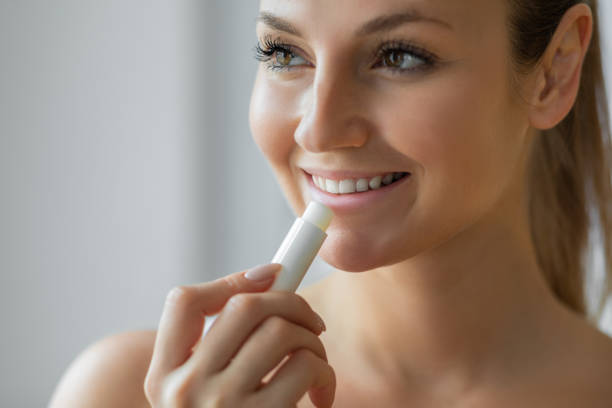
Understanding the Benefits of Natural Lip Balm
Using natural lip balm is not just a trend but a holistic approach to self-care. The use of naturally derived ingredients minimizes your exposure to synthetic compounds often found in commercial lip balms. Beeswax, in particular, is celebrated for its anti-inflammatory and antibacterial properties, making it a perfect base for sensitive skin areas such as the lips.
Moreover, coconut oil is rich in essential fatty acids and antioxidants, providing deep hydration and protection against environmental damage. Not only do these ingredients promote lip health, but they also contribute to sustainable beauty practices by reducing waste and supporting eco-friendly ingredient sourcing. By making your own lip balm, you can play a small part in preserving our planet while nourishing yourself.
Essential Ingredients for Natural Lip Balm
The foundation of any effective lip balm lies in its core ingredients. Beeswax acts as an emulsifier, holding the balm together while also creating a protective layer that locks in moisture. It is important to select high-quality beeswax that is pure and free of added nan impurities. Meanwhile, coconut oil is a powerhouse moisturizer, credited with healing properties that repair dry and chapped lips.
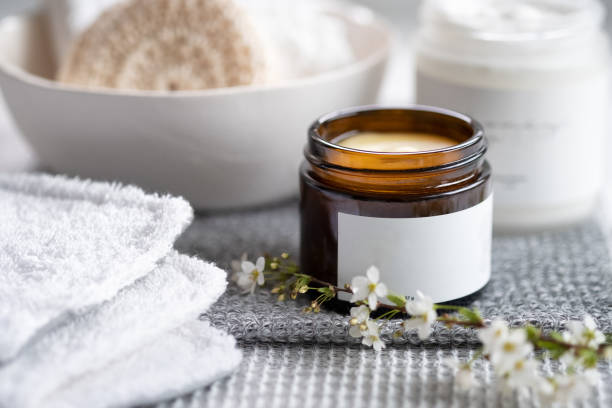
When sourcing your ingredients, consider labels like organic or unrefined to ensure maximum benefits from your lip balm. Below is a helpful table summarizing these essential ingredients and their properties:
| Ingredient | Benefits |
|---|---|
| Beeswax | Locks in moisture, antibacterial, nan. |
| Coconut Oil | Nourishes, heals, provides antioxidants |
Choosing Quality Ingredients
Selecting the right ingredients can elevate your homemade lip balm from basic to exceptional. Always opt for beeswax that appears clean and has no added synthetic fragrances. Look for coconut oil that is organic, cold-pressed, and virgin to ensure the highest nutrient retention. To help you get started, here’s a quick list of sourcing tips:
- Buy beeswax from reputable suppliers or farmer’s markets.
- Choose coconut oil labeled as “”organic”” and “”virgin””.
- Avoid beeswax with added colors or scents unless naturally derived.
- Consider purchasing ingredients in bulk to reduce waste.
Step-by-Step Guide to Making Lip Balm
Creating your own lip balm at home is a fun and fulfilling process. To get started, you’ll need a few basic kitchen tools and ingredients readily available at health food stores. Gather all materials before you begin to ensure a smooth workflow. Follow these steps to craft a batch of lip balm that you’ll be proud to use or gift to loved ones.
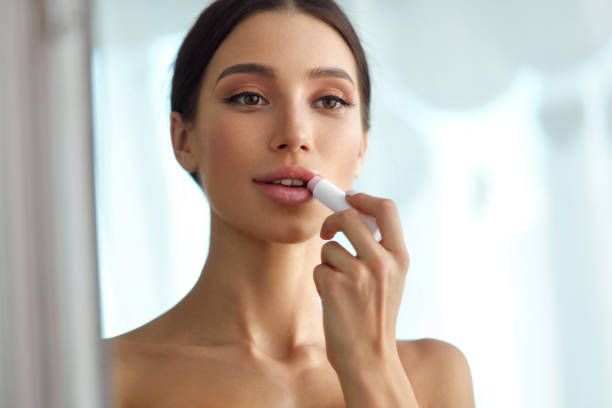
Here is what you will need:
- 1 tablespoon beeswax pellets
- 1 tablespoon coconut oil
- A double boiler or microwave-safe bowl
- Small lip balm containers or tubes
Begin by measuring equal parts beeswax and coconut oil. Melt the beeswax slowly using a double boiler or a microwave in short intervals, stirring in between to avoid overheating. Once melted, add the coconut oil and stir until completely blended. Pour the mixture into clean containers and let it cool until solid.
Adding Essential Oils for Scent and Flavor
Enhancing your lip balm with essential oils not only adds a pleasant aroma but can also impart additional benefits. Laced with various therapeutic properties, essential oils like peppermint or lavender provide a soothing scent. To safely incorporate these oils into your lip balm, use them sparingly—a few drops are usually sufficient. Named below are some popular choices:
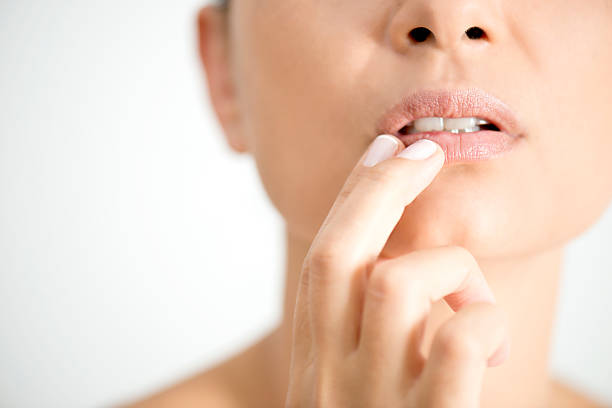
- Peppermint for a refreshing zing
- Lavender for calming effects
- Sweet orange for a fruity fragrance
Storing and Using Your Homemade Lip Balm
Proper storage is key to maintaining the integrity and longevity of your homemade lip balm. Keep your balm in a cool, dry place away from direct sunlight to prevent melting. If stored correctly, your lip balm can last up to a year. Use it daily to protect and moisturize your lips, especially in harsh weather conditions.
Exploring different scents and flavors can add a touch of luxury to your daily routine. The convenience of carrying a small balm container means you’ll always have hydration on hand when needed. Enjoy the benefits of your homemade creation, and don’t hesitate to experiment with new ingredient combinations.
Conclusion
Crafting your own natural lip balm with beeswax and coconut oil is a rewarding endeavor that promotes sustainable beauty and personal wellness. Not only do you have control over the quality of ingredients, but the process itself is an act of self-care. Whether you choose to share your creations with others or keep them for personal use, the benefits will be evident with every application.
By trying different essential oils, you can create a signature scent that reflects your personality and preferences. Continue to explore the world of DIY beauty, as the possibilities are both exciting and endless.
FAQ
- Is it safe to use beeswax and coconut oil on my lips?
Yes, both beeswax and coconut oil are natural and safe for most individuals. They moisturize and protect lips effectively. - How long does homemade lip balm last?
When stored properly, homemade lip balm can last for up to a year. - Can I add color to my lip balm?
Yes, you can use natural colorants like beetroot powder for a tint. - What if I don’t have essential oils?
It’s optional to add essential oils. The base ingredients alone will create a functional and moisturizing lip balm. - Do I need any special equipment to make lip balm?
No special equipment is necessary; household items like a double boiler and small containers will suffice.
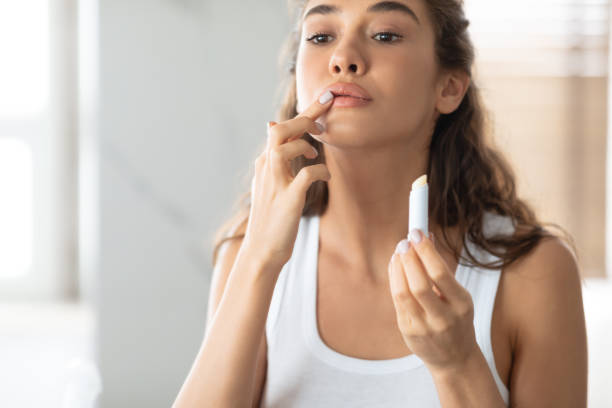
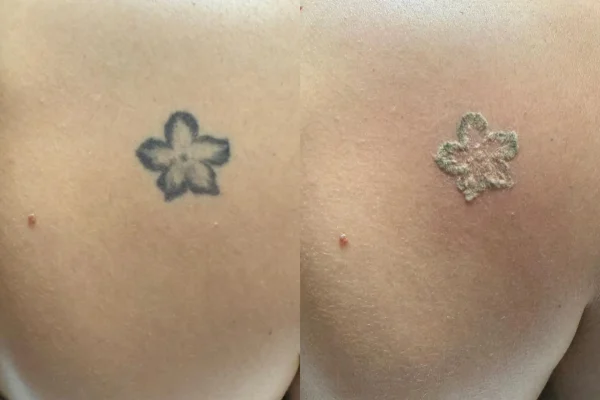
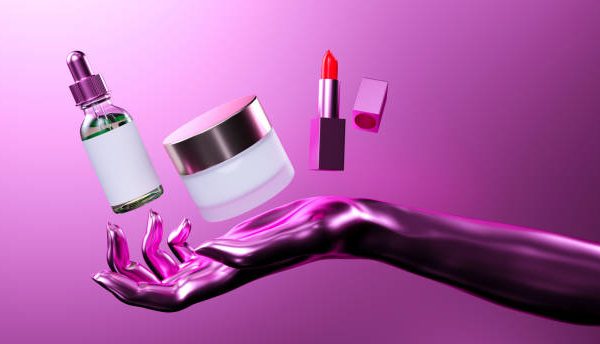
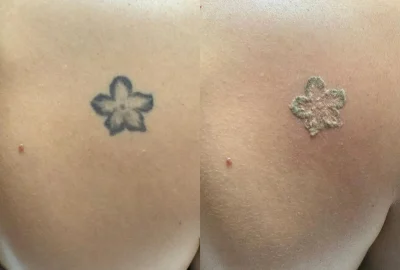
0